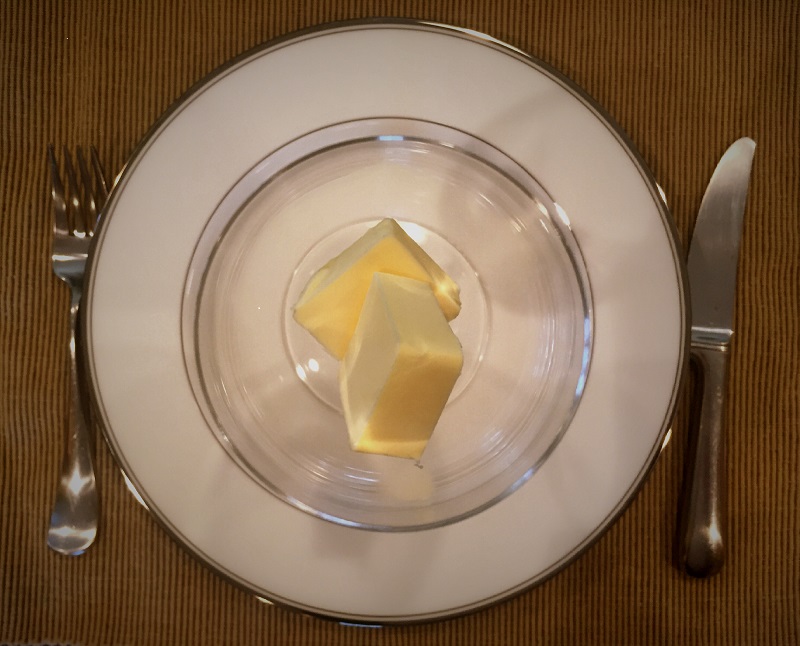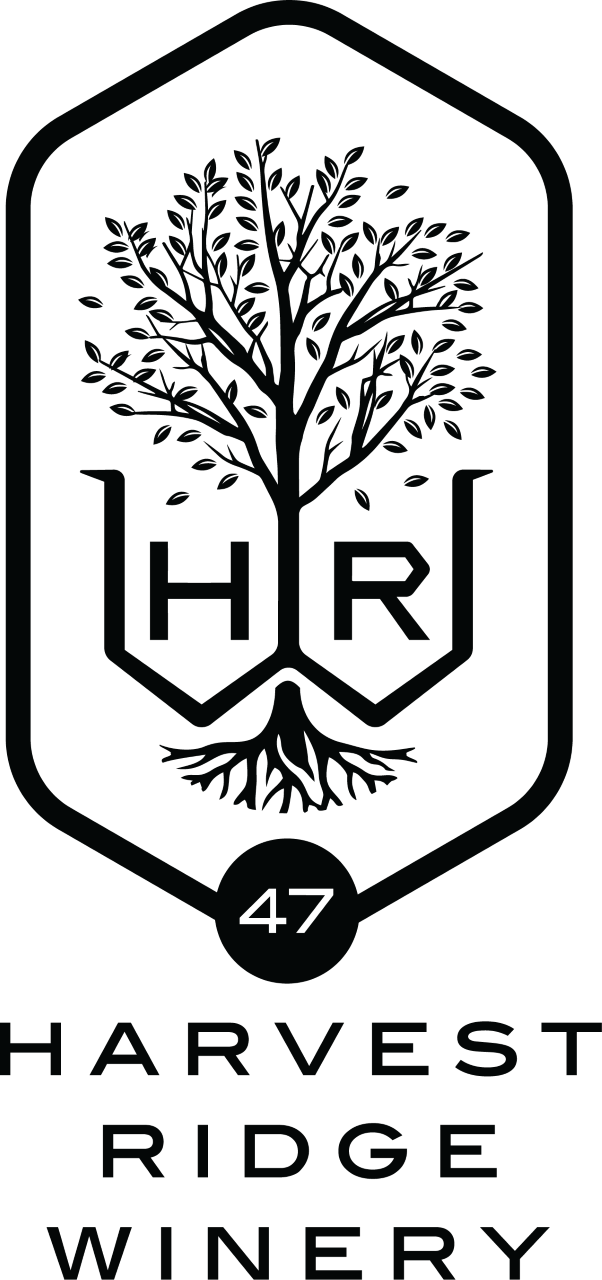Is There Butter in My Wine?

If you have spent time around people who drink a lot of wine (or maybe you have been hanging out with our winemaker, Milan) you have heard them describe the wine with terms like “citrus notes,” “buttery,” “cherry,” “baking spices,” etc. (And those are commonly used terms. Some wine descriptors can be downright crazy: rubber hose, barnyard, dirt, grandma’s purse, and more.) When people hear others describe wine using terms like these, they often have a couple of questions:
- Do winemakers add cherry to wine to make it taste like cherry? Where does this taste come from? How does that taste get into the wine?
- Does everyone taste the same things in the wine? What if I don’t taste wet saddle? Am I wrong? What am I missing?
- How do you know what grandma’s purse tastes like? And do I want to drink a wine that tastes like that?
Question 1- No. Winemakers do not add these “flavors” to the wine. How a wine tastes is generally determined by 3 things: the type/s of grape from which it is made, where the grapes were grown, and what the winemaker does to the wine during fermentation.
If you ever have the chance to take a vineyard tour and are allowed to sample the grapes, you will notice that a Chardonnay grape tastes different from a Merlot grape, which tastes different from a Viognier grape. Then, a Merlot grape grown in California is going to be different and taste different than a Merlot grape grown in France — or Delaware, just by virtue of the soil in which it is grown. One example of this is a grape grown in rocky soil vs. a grape grown in a non-rocky soil. The grapes grown in rocky soil will likely have more of a mineral-ly taste that the others don’t have. Another example of how location can affect taste is in the difference between grapes grown in hot, dry climates vs. those in cooler/wetter climates. When grown in hotter climates with longer growing seasons, grapes have the chance to get riper and, hence, sweeter. That sweetness and fruitiness can come through in the wine — sometimes manifesting itself in a higher alcohol wine. And finally, once the winemaker gets his or her hands on the wine s/he might do things like age the wine in an oak barrel. Different wood imparts different flavors. For example, the interior of some barrels are toasted/charred — and that will give wines unique flavors (e.g. buttered toast, vanilla, etc.) without actually adding ingredients like vanilla.
Question 2- There is a LOT going on when you drink wine: what is happening on your tongue, what is happening in your nose, what is going on for you visually. Maybe you are with friends, maybe you are drinking alone (no judgment). Maybe you’ve had this wine 100 times, maybe it is the first time you’ve had it. Maybe you have a cold. So let’s begin by saying that the playing field isn’t exactly even.
There are certain wines where a particular flavor is very strong and more easily recognizable. Pass a glass of that type of wine around and many people might be able to pick out that flavor. Or at least have that “a-ha moment” when someone near them calls it out. “Ahhhh. Yes! That’s what it tastes like.” It might be the power of suggestion… or just the power of the wine. 😉
Other times, someone might pull out a more obscure descriptor. Lychee? Cassis? I know I have eaten thyme — but not enough to know or remember what it tastes like on its own. Are you missing anything by not picking up on it? Maybe, maybe not. If you have never tasted a lychee, you would never know if a wine tastes like it. A lot of picking up the flavors in wine has to do both with exposure to wine, and also other exposure to foods, smells, etc. A lot of wine tasting IS subjective. A smell or a taste might conjure up a memory for you and allow you to pick out something that someone else doesn’t get. If you go online and read reviews or tasting notes for popular wines, not even industry folks agree and will describe wines in different ways. There may be some common threads but they are all using their own senses and pulling out different things. If that happens amongst wine “experts,” it can happen to any wine drinker.
Question 3- A lot of wine terms are based not on what people actually taste, but instead what they smell. If something smells like “grandma’s purse,” it likely (hopefully) has a flavor that reminds them of how grandma’s purse smells. (And again, this could be subjective based on one’s experience — and one’s grandmother. Usually it refers to sort of a perfume-y, musty smell, but I guess if your grandma smoked cigars, it might be different for you.) Do you actually want to drink a wine that tastes like that? I’ll leave that up to you. Your call.
Wine is no different than any other food. Each person has their own frame of reference. Depending on what you are used to eating, what you grew up eating, the kitchen smells with which you are familiar– all will dictate how easily you can pick out those flavors and smells in your food. Similarly, with wine, familiarity with certain tastes and aromas will determine what you get out of wines. The more you smell and try, the more you will be able to train your palate to identify those things in the wines you drink.
And while some flavors are subjective based on our backgrounds and experience, some are more objective based on treatment of the grape, where it was grown, and the kind of grape it is. Remember this when you sip your next buttery Chardonnay or a jammy Zinfandel.

